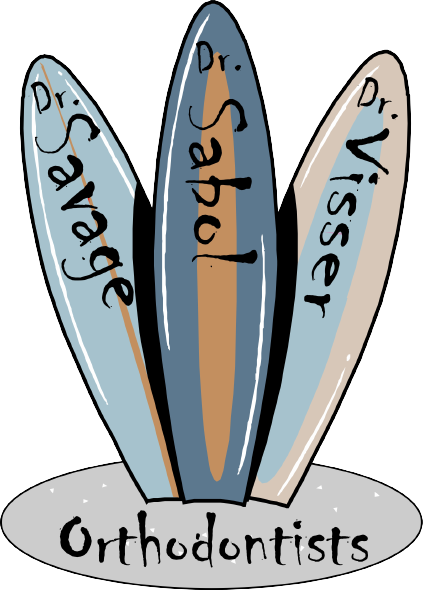Jaw discomfort, clicking or locking can make everyday activities like chewing and speaking uncomfortable. These symptoms are often linked to temporomandibular joint (TMJ) disorders. While many people turn to medication or splints, few realize that orthodontic TMJ treatment can be a long‑term solution.
What are TMJ Disorders?
Your TMJ is the joint connecting your lower jaw to your skull. When the joint is misaligned or under stress, you may experience:
- Pain or tenderness in the jaw joints.
- Headaches or earaches.
- Clicking, popping or locking of the jaw.
- Difficulty chewing or opening the mouth fully.
Jaw stress can result from trauma, arthritis or bite misalignment. When your upper and lower teeth don’t fit together properly, the joint and surrounding muscles work harder, leading to inflammation and discomfort.
How to Diagnose TMJ Problems
An accurate diagnosis is key. During your consultation we’ll perform a thorough exam, measure your jaw range of motion, evaluate how your teeth fit together and ask about habits like clenching, grinding or nail‑biting that may aggravate symptoms. In some cases we’ll recommend imaging or collaborate with your dentist or physician. Understanding the root cause helps us tailor treatment, whether it involves orthodontics, a custom splint, physical therapy or a combination of therapies.
Orthodontists Are Trained in TMJ Management
Ongoing education for orthodontists covers the management of temporomandibular dysfunction. This training allows our doctors to recognize when malocclusion (bad bite) contributes to TMJ symptoms and to develop treatment plans that address the root cause.
How Orthodontic Treatment Can Help TMJ
- Bite Correction: Braces or clear aligners reposition teeth so the bite is balanced, reducing strain on the joints and muscles.
- Jaw Alignment: Functional appliances or elastics can guide jaw growth in younger patients or adjust jaw position in adults.
- Adjunct Therapies: Sometimes we combine orthodontics with physical therapy, splints or stress‑management techniques to achieve the best outcome.
Correcting the bite reduces stress on the TMJ, allowing inflammation to subside. Many patients notice a significant reduction in headaches and jaw pain after treatment.
When to Seek Orthodontic Treatment for TMJ
If you experience persistent jaw pain, popping, difficulty opening your mouth or notice your teeth don’t meet evenly, schedule an evaluation. The earlier we identify bite problems, the easier they are to correct. During your consultation we’ll determine whether orthodontics could alleviate your TMJ symptoms or if you need referral to another specialist.
Don’t live with jaw pain when relief may be a phone call away. Contact Drs. Savage, Sabol & Visser today to set up a complimentary consultation. We’ll help you decide if orthodontic care is the right solution for your TMJ disorder.











